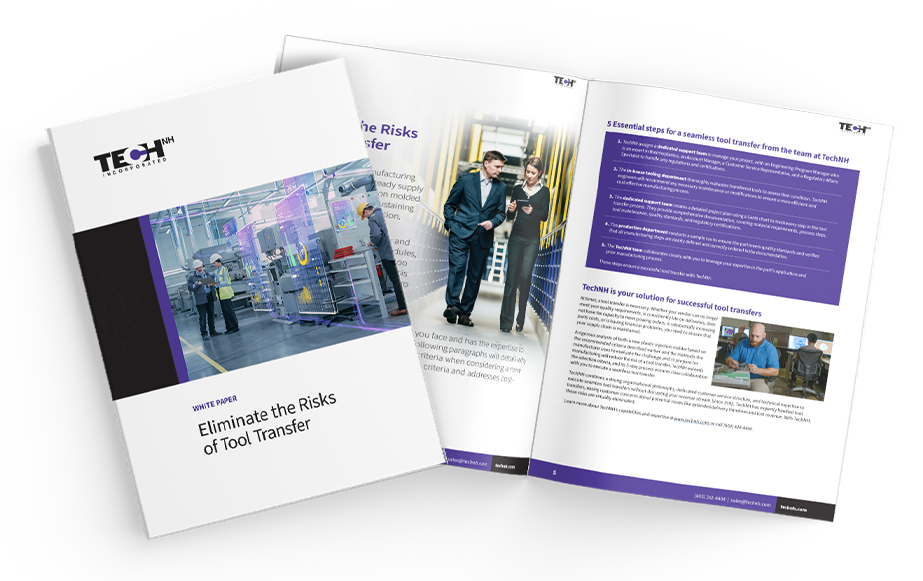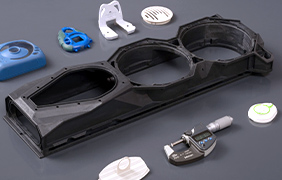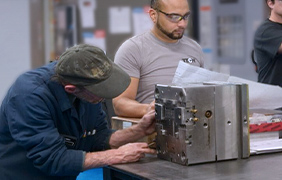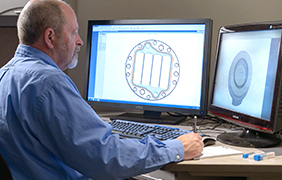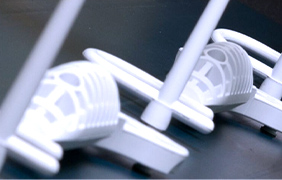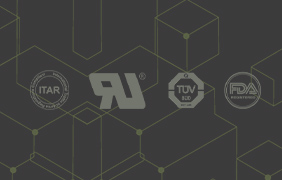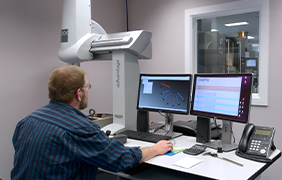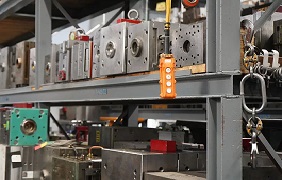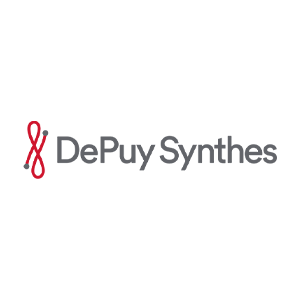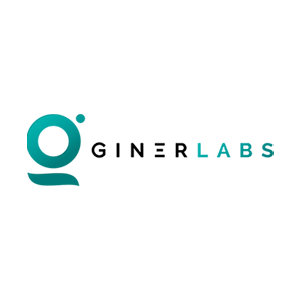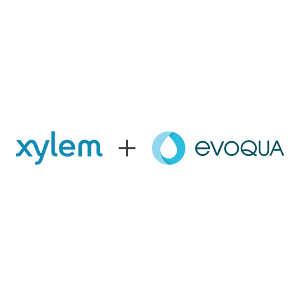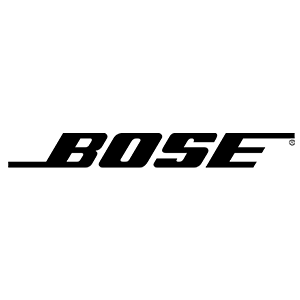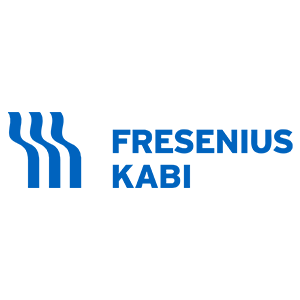Cleanroom
Ensuring Precision and Purity Across Industries
Our cleanrooms serve as the backbone of TechNH’s custom plastic injection molding operations, ensuring the production of impeccable components across various industries. Here are just some of the ways cleanrooms are indispensable for TechNH’s services:
TechNH relies on cleanrooms to manufacture custom plastic components for medical devices, such as surgical instruments and diagnostic equipment. As an ISO-13485 and FDA registered manufacturer, our cleanrooms guarantee the sterility and purity required to meet stringent regulatory standards in the medical industry.
In pharmaceutical production, TechNH’s cleanrooms play a vital role in crafting plastic components for drug delivery systems and packaging. The stringent contamination control measures upheld within these cleanrooms ensure the integrity and safety of pharmaceutical products.
For electronic applications, TechNH utilizes cleanrooms to produce plastic components with exceptional precision and cleanliness. These components, including housings and circuit board parts, demand contamination-free environments to prevent defects and ensure reliable performance in electronic devices.
TechNH’s cleanrooms are instrumental in manufacturing our aerospace components, meeting the exacting standards of the aerospace and defense industries. From aircraft interiors to spacecraft components, these environments ensure the quality and reliability required for critical aerospace applications.
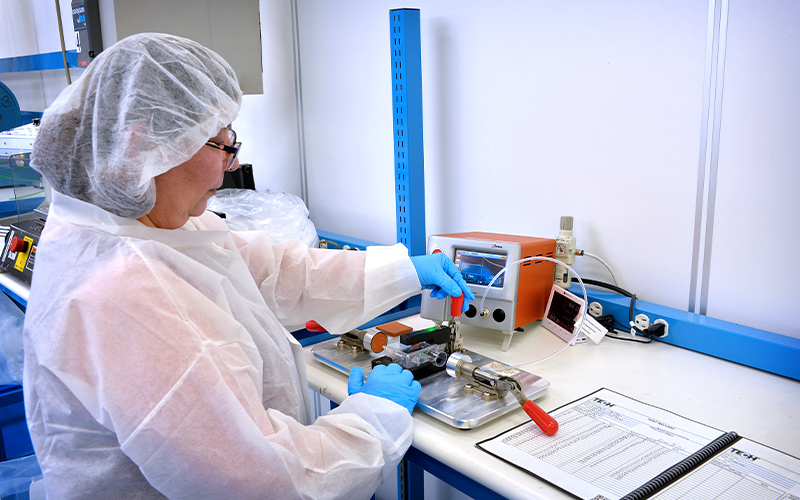
Traceability and Documentation
Our cleanroom facilities are not just about maintaining a controlled environment; they’re also about ensuring meticulous traceability and documentation throughout the manufacturing process. From the moment raw materials enter our cleanroom to the final assembly of your product, every step is carefully documented and tracked. Our traceability protocols enable us to monitor and record the journey of each component, ensuring complete transparency and accountability at every stage.
Detailed records are maintained for materials, processes, equipment calibration, and personnel training. This documentation allows us to trace the lineage of every product, providing assurance of its integrity and compliance with regulatory standards. Our employees take pride in their ability to produce, document and deliver products that require critical air environments, allowing TechNH to integrate seamlessly into your cleanroom compliant supply chain.
TechNH’s cleanroom facilities are more than just a space – they’re a testament to our dedication to quality, precision, and reliability. Contact us to learn more about how we can elevate your next project to new heights of quality and performance.
Frequently Asked Questions
Clean room injection molding is a manufacturing process that produces plastic parts in a highly controlled, sterile environment. This process is essential for industries that require stringent cleanliness standards, such as medical devices, pharmaceuticals, food packaging, electronics and aerospace. In these industries, contamination can compromise product quality and safety. The clean room, where injection molding takes place, is a space in which airborne particles, temperature, humidity, and pressure are controlled. Clean rooms are classified by ISO standards, which define the amount and size of particulate matter in the room environment. The rooms must have positive pressure to prevent outside air from entering the room and creating contamination. All equipment and materials must be sterilized before they can be brought into the room. Personnel who work in a clean room must wear special clothing to minimize contamination and follow specific procedures for entry and exit. Quality control protocols and certification parties verify that the room maintains its ISO rating for contaminant control.
Clean rooms are used during injection molding when cleanliness and contamination control are critical requirements for a molded part. Medical devices, implants and surgical tools require strict hygiene to prevent contamination that can be harmful to patients. Packaging of pharmaceutical products such as medication containers, syringe parts and inhalers require sterile environments for patient safety. The food and beverage industry also needs packaging to avoid bacterial contamination that could affect food safety or reduce packaged food shelf life. To minimize the risk of component malfunction and poor performance, electronic and optical components such as connectors must not have dust and particulate matter. The aerospace industry also needs to minimize contamination of injection molded plastic components in parts such as seals and gaskets for safe operation of aircraft.
Both a white room and a clean room are controlled environments, but a white room has a less stringent level of contamination control. A clean room limits airborne particles, chemical vapors and microorganisms necessary for industries such as medical devices and pharmaceutical packaging. White rooms primarily limit dust and particles; however, these rooms may not keep microbial contamination as low as a clean room. Clean rooms typically have ISO classifications from classes 5 and 7, while white rooms are generally rated ISO class 7 and 8. Air filtration systems in clean rooms use HEPA and ULPA filters with positive air pressure relative to the external environment so air cannot flow into the clean room. A white room will use HEPA filters, but it may not require positive pressure. A clean room provides tighter contamination control for industries requiring maximum cleanliness.
ISO 7 and ISO 8 are classifications within the ISO 14644-1 standard for clean rooms. The classifications define the maximum concentration and size of particles that a clean room can have in its environment. A lower numerical classification has a stricter environment with a lower contaminant concentration. ISO class 7 clean rooms allow a maximum air contaminant concentration of 352,000 particles/m3 that are 0.5 µm or larger. An ISO class 8 clean room allows 10 times greater contaminant concentration of 3,520,000 particles/m3. An ISO class 7 clean room must have 60 to 90 air changes/hour, while an ISO class 8 clean room needs only 5 to 48 air changes/hour. ISO class 7 and class 8 clean rooms both use HEPA filters for air filtration. The ISO class 7 clean room will also use ULPA filters for greater filtration. ISO class 8 clean rooms are in use for part manufacturing that is less sensitive to contaminants, while ISO class 7 clean rooms manufacture parts that require very low contamination.

